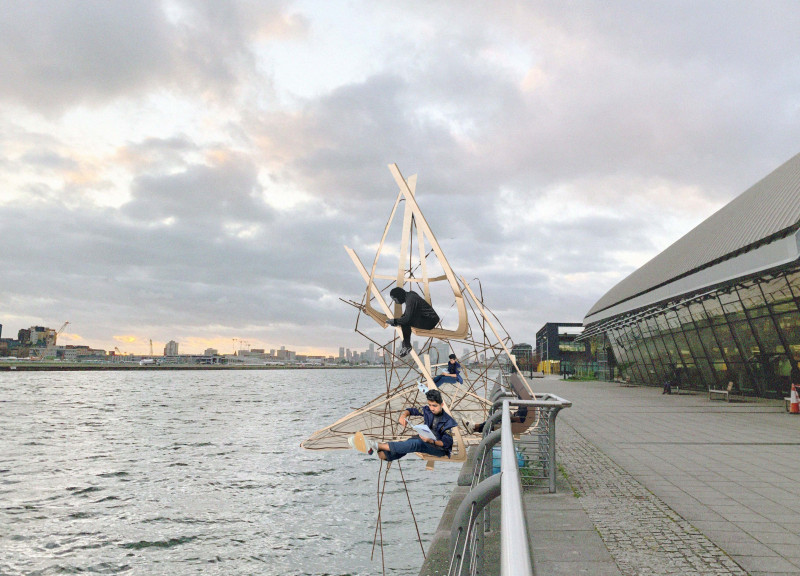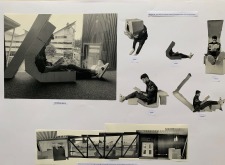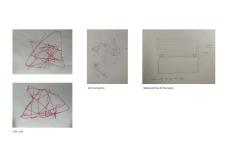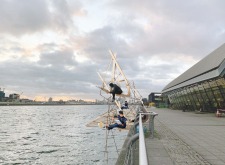5 key facts about this project
Material Usage and Environmental Considerations
The project extensively utilizes cardboard, which serves as a primary material. This choice underscores a commitment to sustainability, given cardboard's recyclability and availability. In addition, the project incorporates laminated timber, characterized by its ability to bend and form complex shapes while maintaining structural integrity. The careful construction techniques applied to these materials allow for dynamic forms that invite user participation and reconfiguration. The integration of a waterproof box for books illustrates the design's responsiveness to environmental factors, enhancing the usability of spaces that may be exposed to the elements.
Innovative Interaction and Design Approach
What distinguishes this project from similar architectural endeavors is its focus on creating user-centric spaces that encourage interaction and flexible use. The design moves away from traditional rigid frameworks, offering fluid configurations that can adapt to various activities. By emphasizing informal gathering spaces, the project fosters community engagement and personal connection in architectural settings. The juxtaposition of framed and exposed areas enhances visibility while providing options for privacy, making the structure versatile for different social settings.
The exploration of forms achieved through laminated timber showcases an inventive approach to materiality, allowing the architecture to transcend typical structural practices. This project represents a departure from conventional design strategies by integrating playfulness and functionality, encouraging users to shape their experience within the space.
For further exploration of this architectural design project, including detailed architectural plans, sections, and ideas, readers are encouraged to review the extensive presentation materials to gain a comprehensive understanding of the innovative concepts and applications involved in this design narrative.


























